Description
Sugar beet tops for sale is valuable feed for cattle! Learn about the nutritional benefits, proper storage methods, and using it into cattle diets. Buy now.
Sugar beet tops for sale
Sugar Beet Tops: A Valuable Feed Resource for Cattle
Sugar beet production yields not only the valuable sugar beet root, but also a significant amount of leafy green tops that can be a valuable feed resource for cattle. These tops, consisting of the leaf blades, petioles, and crown of the beet, are often overlooked but can contribute significantly to the feed budget, particularly during periods of forage scarcity. Understanding the nutritional value, proper management, and potential limitations of sugar beet tops is crucial for successful utilization in cattle feeding.
Nutritional Value and Benefits:
Sugar beet tops offer a relatively high moisture content, making them succulent and palatable to cattle. They are a good source of:
- Energy: While not extremely high in energy, they provide a digestible energy source, particularly from the sugar remaining in the plant.
- Protein: Beet tops contain a moderate amount of crude protein, contributing to the animal’s protein requirements.
- Minerals: They are rich in essential minerals like potassium and calcium, which are vital for bone development and overall health.
- Vitamins: Beet tops provide vitamins, especially Vitamin C and some B vitamins.
Incorporating sugar beet tops into the cattle diet can result in several benefits:
- Reduced Feed Costs: Utilizing a readily available byproduct can significantly lower the dependence on purchased feeds, leading to economic benefits.
- Improved Diet Palatability: The succulence and slight sweetness of beet tops can enhance the palatability of the overall diet, especially when mixed with other roughages.
- Enhanced Nutrient Intake: The combination of energy, protein, and minerals in beet tops contributes to a well-rounded nutrient profile, supporting animal growth and performance.
Sugar beet tops for sale
Management and Feeding Strategies:
Proper management is essential to maximize the benefits and minimize potential risks associated with feeding sugar beet tops:
- Harvesting and Storage: Beet tops can be harvested after the sugar beets are lifted. They should be collected and stored carefully to prevent spoilage. Silage making is a common and effective storage method, preserving the nutrients and reducing field losses. Alternatively, they can be ensiled by compacting them in a trench silo.
- Gradual Introduction: Introduce beet tops gradually into the cattle diet to allow the rumen microbes to adapt to the new feed source.
- Balanced Diet: Beet tops should be considered as a supplement to the basal diet, not a complete replacement. Combine them with other forages like hay or silage to ensure a balanced nutrient intake.
- Monitoring and Adaptation: Regularly monitor the cattle’s response to the dietary change and adjust the feeding rate as needed.
Potential Limitations and Considerations:
Despite their nutritional value, sugar beet tops also have certain limitations that need to be addressed:
- High Moisture Content: The high moisture content can lead to spoilage if not stored properly. Ensiling is recommended for long-term storage.
- Nitrate Content: Beet tops can accumulate nitrates, especially if grown with heavy nitrogen fertilization. High nitrate levels can be toxic to cattle. Testing for nitrate levels and diluting the beet tops with other feeds is crucial to mitigate this risk.
- Soil Contamination: Beet tops can be contaminated with soil during harvest, which can affect palatability and potentially introduce undesirable microorganisms. Proper harvesting and cleaning practices are essential to minimize soil contamination.
- Anti-Nutritional Factors: While not usually a major concern, beet tops contain some anti-nutritional factors like oxalic acid, which can bind to calcium and reduce its availability. However, the levels are generally low and unlikely to cause significant problems when fed in moderation.
Conclusion:
Sugar beet tops represent a valuable and underutilized feed resource for cattle. By understanding their nutritional value, implementing proper management strategies, and addressing potential limitations, farmers can effectively integrate beet tops into their feeding programs, leading to reduced feed costs, improved animal nutrition, and increased farm profitability. Utilizing this readily available byproduct aligns with sustainable agricultural practices and contributes to efficient resource utilization in livestock production. Regular monitoring of nitrate levels and adherence to recommended feeding practices are essential for safe and effective utilization of sugar beet tops in cattle feeding.
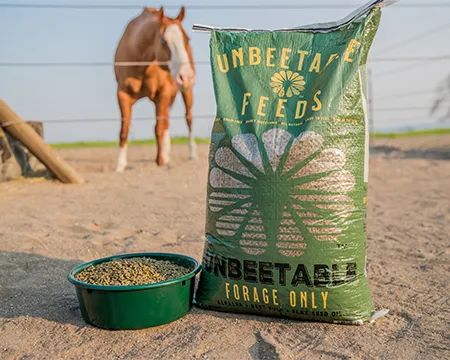
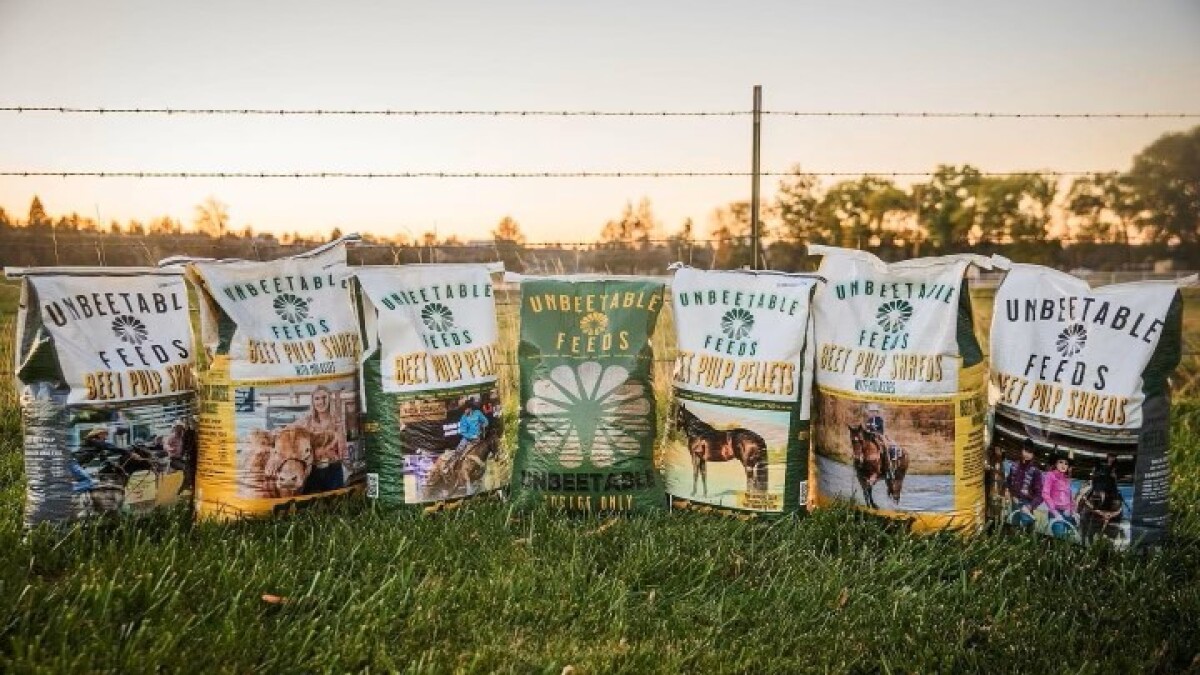


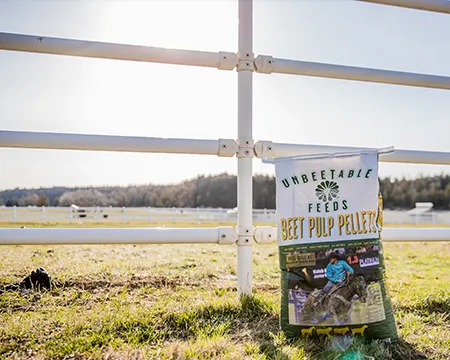

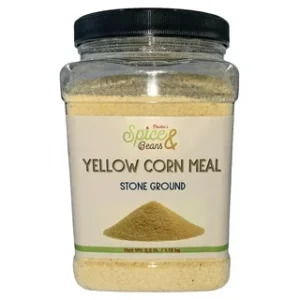
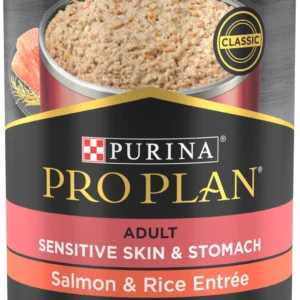
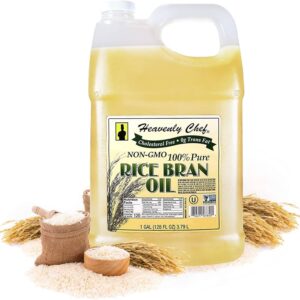


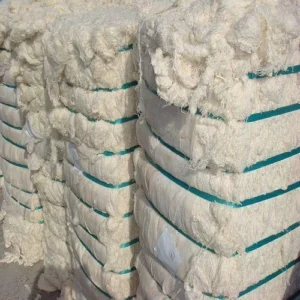
Reviews
There are no reviews yet.